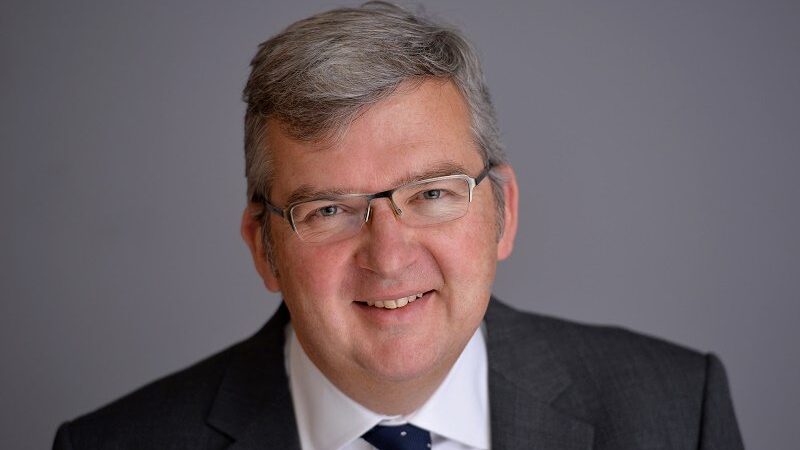The Liontrust multi-asset co-head (pictured) claims that only “one or two” funds within the current pool of active manager of emerging market debt funds have the necessary track records to inspire confidence.
Instead, he said he is gaining exposure to emerging market debt through passive funds like the L&G Emerging Markets Government Bond fund in hard currency.
Husselbee explained that while emerging market debt is not a new asset class, it is a new asset class for active management.
He typically only invests in funds that have been around for at least 10 years, which he argues is a long enough period for a manager to show consistency of style and performance.
He told Portfolio Adviser, “we don’t take risks on new managers,” instead preferring to stick with managers like Nick Train “that have been around a while and made mistakes but settled upon a style and approach that they think works”.
Of the 56 funds in the IA Global Emerging Markets Bond sector, which includes passive and active vehicles, roughly one third or 19 funds have performance data stretching back 10 years.
Similarly only 37 EM equity funds out of 101 in the IA Global EM sector possess a 10-year track record.
The L&G Emerging Markets Government Bond fund itself has only been around for five-and-a-half-years.
Active versus Passive
Husselbee said he will introduce active emerging market debt funds into his multi-asset portfolios at some point. But first, “let’s let the peer group mature,” he said.
The passive emerging market debt funds he invests in hold government bonds, which he argued makes them suitable for trackers.
The 10 best performing funds in the sector over five years are all actively managed funds. The Amundi Sicav II Emerging Markets Bond has produced the highest returns over the period (38.12%), followed by the BNY Mellon Emerging Markets Corporate Debt fund (37.8%) and M&G Emerging Markets Bond fund (35.88%).
The L&G Emerging Markets Government Bond fund, which tracks the JP Morgan Emerging Markets Bond Index Plus, has generated higher returns than the IA Global Emerging Markets Bond sector average, yielding 21.61% over five years against the sector’s 5.89%, according to data from FE.
Value tilt
On the emerging markets equity side, Husselbee invests in three active funds with exposure to developing markets, including the Somerset Global Emerging Markets, UBS Emerging Markets Equity Income and Stewart Investors Global Emerging Markets Leaders vehicles, all three of which have been around for at least 10 years.
Within that timeframe, the £2.6bn Stewart Investors GEM fund and £453m Somerset fund have topped the MSCI EM index, producing sterling returns of 85.10% and 53% versus the index’s 48.47%.
The UBS Emerging Markets Equity Income fund has only returned 43.30% over the same period.
Husselbee and co-multi asset head Paul Kim have upped their exposure to emerging markets and Asia gradually over the first quarter as part of a tactical value play, which also includes sussing out UK small-cap companies.
The 26 portfolios that make up the £700m Liontrust multi-asset range now have a 60% to 40% value/growth split.







